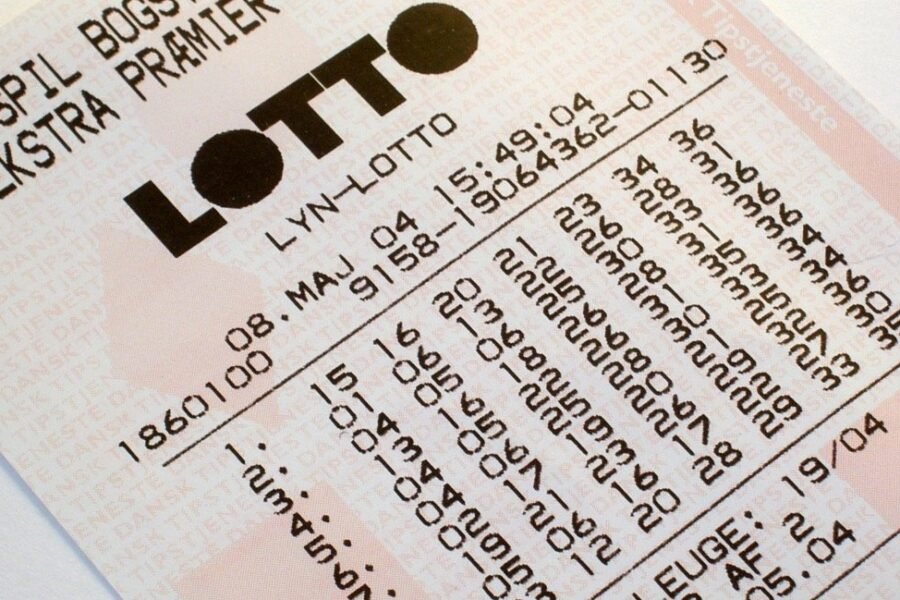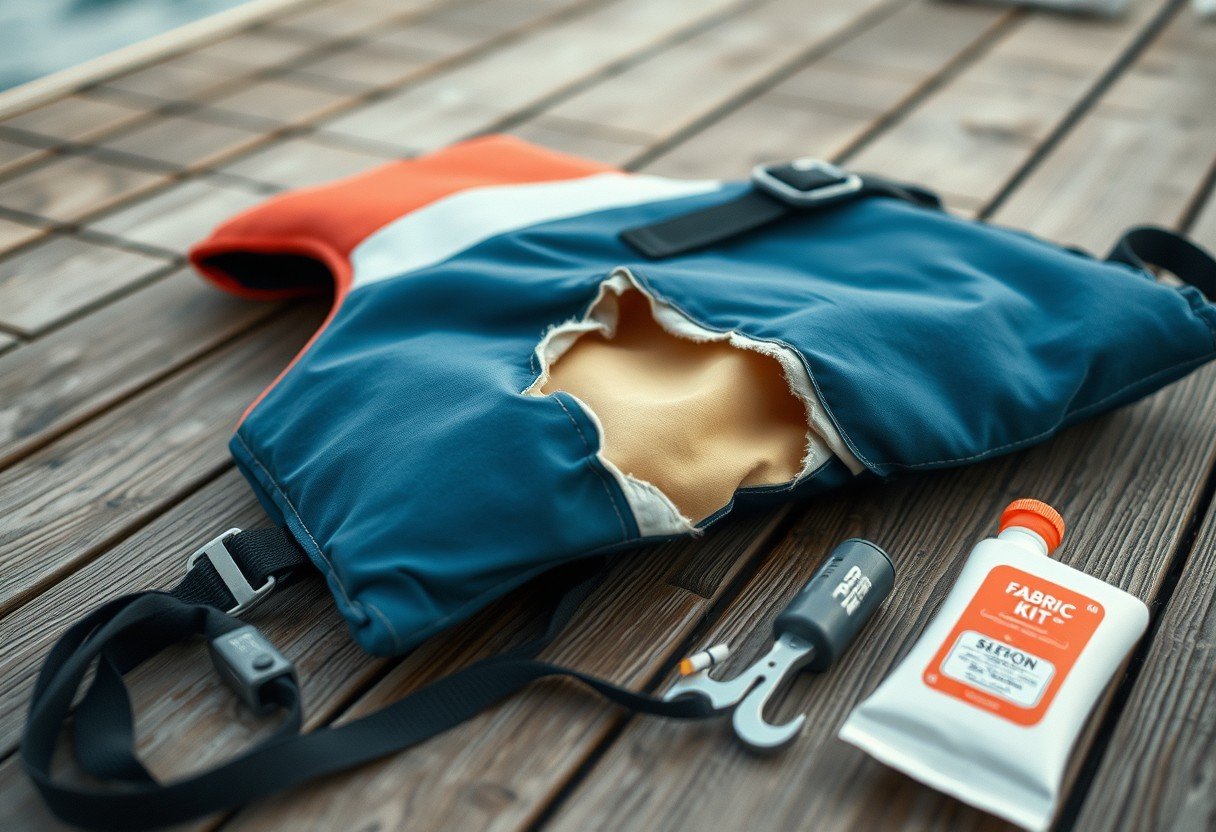A peaceful walk with your dog can quickly turn stressful if an aggressive dog approaches. Knowing how to react in this chaotic moment is crucial for the safety of you and your beloved pet. This guide provides essential, practical steps on what to do before, during, and after an encounter with an aggressive dog, helping you stay in control and protect your companion.
How to Spot the Warning Signs of an Aggressive Dog
Prevention starts with awareness. Being able to read a dog’s body language can give you the crucial seconds needed to avoid a confrontation altogether. Not all approaching dogs are friendly, and misinterpreting their signals can lead to a dangerous situation.
Look for a combination of signals rather than just one. An aggressive dog will often have a stiff, rigid body posture. Their muscles will be tense, and they may seem frozen in place. You might also notice the fur along their back, known as hackles, standing up.
Pay close attention to the dog’s face and sounds. Bared teeth, snarling, and low, deep growling are obvious signs of aggression. However, some signs are more subtle, such as an intense, direct stare, flattened ears, or a tail held high and stiff, possibly wagging very quickly in short, sharp movements. This is not a friendly wag.
Essential Items to Carry for Your Dog’s Safety
Being prepared with a few key items can make a significant difference in deterring an attack or managing the situation if it occurs. You don’t need to carry a heavy pack, but a few small tools can provide a layer of protection and peace of mind.
Your primary goal with these items is to create a distraction or a barrier, giving you time to move your dog away safely. Never underestimate the power of a sudden, unexpected deterrent.
- A Sturdy Leash: Always use a strong, non-retractable leash, preferably around six feet long. This gives you better control over your dog and helps you guide them away from danger quickly.
- Deterrent Spray: A citronella-based spray is a humane option that can startle and deter an approaching dog without causing long-term harm. The sound and smell are often enough to stop them in their tracks.
- Loud Noise Maker: An air horn or a loud whistle can be incredibly effective. The sudden, sharp noise can break an aggressive dog’s focus and scare them off before they get too close.
Having these items easily accessible, perhaps in a small pouch or clipped to your belt, is key. Fumbling in a bag is the last thing you want to do in a high-stress moment.
What to Do During an Active Dog Attack
If an attack happens, your immediate actions are critical. The most important rule is to remain as calm as possible. Panicking, screaming, or running can escalate the situation and may even trigger a stronger prey drive in the attacking dog. Your composure will help you think clearly and act decisively.
Do not try to physically pull the dogs apart by their collars or bodies. This is a common and dangerous mistake that often results in the person getting severely bitten. Instead, focus on creating a loud distraction. Yell in a deep, firm voice. If you have an air horn or whistle, use it now. The goal is to startle the attacking dog enough to make it release its grip.
If you have a jacket, backpack, or even a large stick, try to place it between the dogs to create a physical barrier. Another effective method, if you can do it safely, is to grab the attacking dog’s hind legs and lift them like a wheelbarrow. This can disorient the dog and cause it to let go.
After the Attack: Immediate Steps for Your Dog’s Care
Once the dogs are separated, your priority shifts to your dog’s well-being. Move your dog to a safe location away from the other dog and its owner. Even if you can’t see any obvious injuries, it’s crucial to perform a thorough check.
Adrenaline can mask pain, and your dog might have injuries that aren’t immediately apparent. Puncture wounds from teeth can be small but deep, leading to serious infections if left untreated. Gently run your hands over your dog’s entire body, feeling for any tender spots, swelling, or hidden wounds under their fur.
No matter how minor the injuries seem, you should contact your veterinarian immediately. Describe the situation and any injuries you’ve found. Your vet can advise you on first aid and will likely recommend an examination to check for internal injuries or to properly clean and treat any wounds.
Reporting the Incident and Why It Matters
After ensuring your dog’s immediate safety, it’s important to report the attack to the proper authorities, such as your local animal control or police department. This is not about getting another dog in trouble; it’s about public safety and preventing this from happening to someone else.
When you file a report, be prepared to provide as many details as possible. Note the time, date, and exact location of the incident. If you know the owner, provide their name and address. If not, give a detailed description of the owner and the attacking dog (breed, color, size, markings). Taking photos of your dog’s injuries and the location can also be very helpful.
| Information Category | Details to Collect |
| Attacking Dog & Owner | Owner’s name, contact info; Dog’s breed, size, color |
| Incident Details | Date, time, and specific location of the attack |
| Witnesses | Names and contact information of anyone who saw the attack |
| Evidence | Photos of your dog’s injuries and the scene of the attack |
A formal report creates a record of the dog’s aggressive behavior. This is crucial if the dog has a history of attacks, as it can help animal control take appropriate action to protect the community.
Proactive Steps to Prevent Future Dog Attacks
While you can’t control other people’s dogs, you can take steps to minimize the risk of future encounters. This involves a combination of training, awareness, and smart planning for your daily walks.
Proper training and socialization are vital for your own dog. A well-behaved dog that responds to commands like “leave it” or “heel” is easier to control and remove from a potentially dangerous situation. Enrolling in obedience classes can strengthen your bond and improve your dog’s focus on you, even with distractions.
Finally, be strategic about your walking routes. If you know a particular street or park has a problem with off-leash or aggressive dogs, avoid it. Opt for well-lit, populated areas where dogs are more likely to be leashed and under control. Changing your walking time to less busy hours can also reduce the chances of a negative encounter.
Frequently Asked Questions about Dog Attacks
What is the first thing I should do if an off-leash dog approaches me?
Stay calm and stand still. Avoid making direct eye contact, as this can be seen as a challenge. Keep your dog close and calm behind you if possible, and speak in a firm, low voice to the approaching dog.
Should I ever run away from an aggressive dog?
No, you should never run. Running can trigger a dog’s predatory chase instinct, making the situation much worse. Instead, back away slowly and steadily while keeping the dog in your sight.
Can I use pepper spray to stop a dog attack?
While some people carry pepper spray, it can be risky. The spray can be carried by the wind and affect you or your own dog. A citronella-based dog deterrent spray is a safer and more humane alternative specifically designed for these situations.
What if the other dog’s owner is uncooperative after the attack?
Do not engage in a confrontation. Your priority is your dog’s safety. Get yourself and your dog away from the situation, gather as much information as you can about the owner and their dog, and contact animal control or the police to file a report.
How can I help my dog recover emotionally after an attack?
An attack can be traumatic for a dog. Give them time to decompress and be patient. Reintroduce them to walks and other dogs slowly and positively, and consider consulting a professional dog trainer or behaviorist if they show lasting signs of fear or anxiety.







Leave a Comment